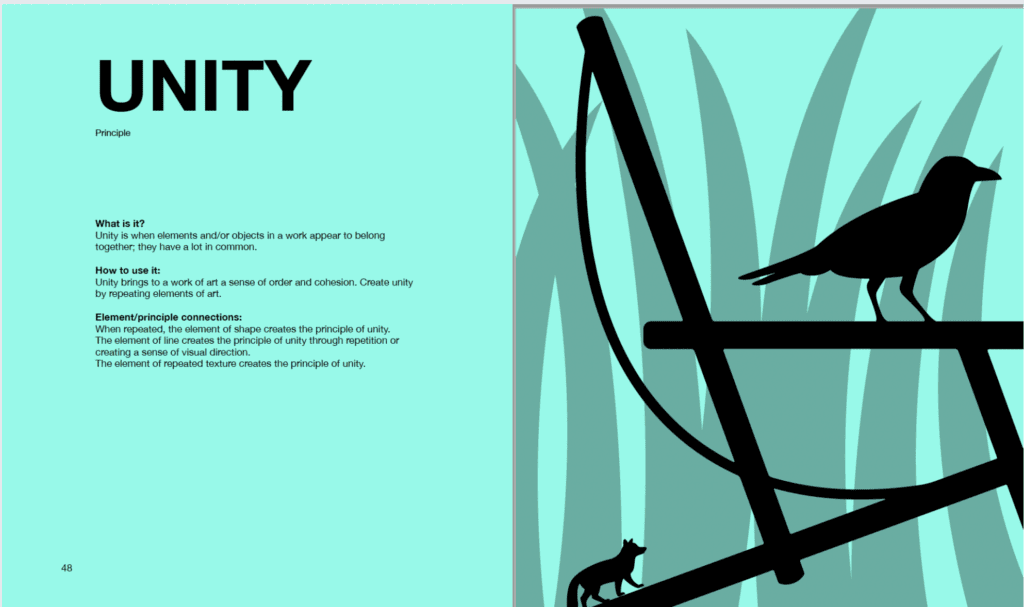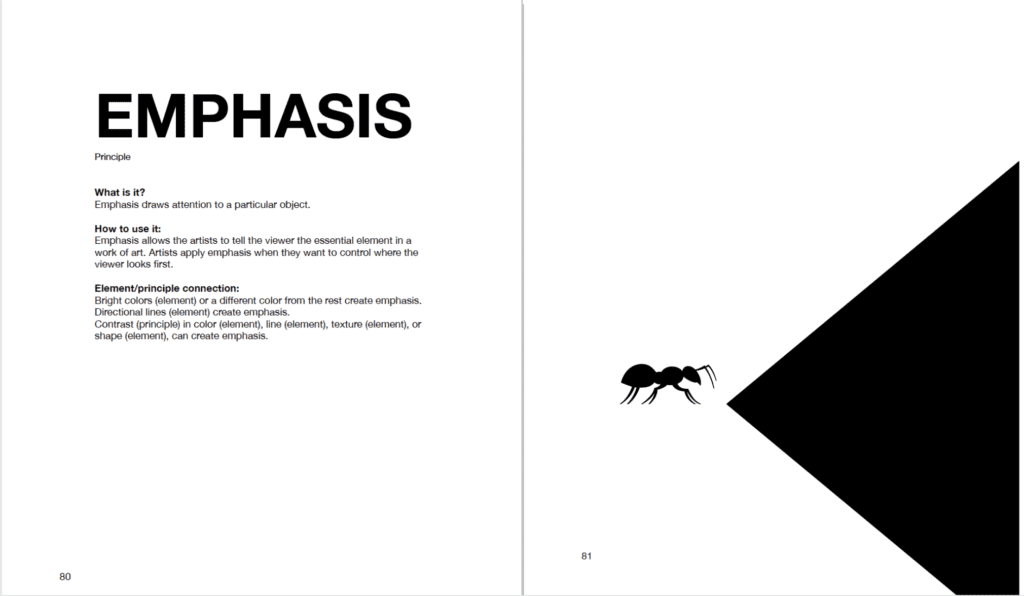Learn to Observe: The Art of Noticing
Yesterday we discussed how to learn the language of art, and you were introduced to the elements and principles of art. Whether you want to learn more about art history, improve your ability as a visual artist, or get better at noticing the world around you, practicing observing and describing what you see can help.
The mistake that most people make when describing a work of art.
If asked to observe and describe El Anatsui, Gravity and Grace, 2010, many people would say something like, it looks like a large piece of cloth, maybe sequins, and its shades of red, gold, and silver. And while this is true, the description is missing a lot.
Instead, let’s practice describing El Anatsui, Gravity and Grace, 2010, and describe it using all five senses.
What does it look like?
What does it taste like?
What does it smell like?
What does it feel like?
What does it sound like?
Describing what you see through the lens of the five senses forces you to do some abstract thinking.
What does it look like? (This often feels like the easiest)
It’s enormous, forcing the viewer to back up if they want to see the entire piece at once. At first glance, it looks like a large piece of fabric that’s covered in sequins. It has soft drapes and folds. A third has a base color of shades of gold with a large red patch; the red then fades and mixes in with the gold. Short Black lines seem to dance throughout.
The other side appears to be more silver in color, with patches of gold, the largest, yellow, and a blue-grey. There are short black and red straight lines. The gold, yellow, and blue-grey sections remind me of countries or states on a map. The entire piece is made up of hexagons that are linked together. It is similar to a large abstract painting while also reminding me of African textiles.
What does it taste like? ( This question requires some abstract thought. This isn’t meant to be literal)
The golden and yellow sections taste like sweet honey dripping over a light, almost tasteless piece of sponge cake. The red area tastes more like a fresh cut of salmon. It’s all cold and served as tiny samples.
What does it smell like?
It smells like walking through a large field of straw, and once in a while, you catch the scent of sweet flowers. The smell of flowers drifts away quickly but then comes back again, changing a bit each time you smell it.
What does it feel like?
It’s cold and smooth if you run your hand one way and becomes rough and hard to touch as you move in the other direction. Going with the grain, it’s lush and smooth, with just enough texture. It’s heavy and will drape to morph into the form of anything that it’s laid on.
What does it sound like?
While hanging on the wall on display, it’s silent, but when it’s transported, it makes the sound of shhhhhh shhhhhh shhhhhhhhh. When it falls to the ground, it sounds like thousands of pennies are being dropped simultaneously; it’s somewhat soothing but deafening.
When you practice observing and describing a work of art, remember that they aren’t right or wrong answers. You’re not trying to determine the meaning of the work; you’re practicing SEEING the work.
Facts about the work
Aluminum bottle tops and copper wire
190 × 441 in
El Anatsui uses simple everyday objects to create sculptural forms that mimic textiles. While they often look like draped fabric, they are rigid and inflexible. His work explores human consumption and the challenges that material consumption creates between Africa and the Western World. El Anatsui’s work takes ideas from abstract composition and aesthetics from his Ghanaian culture.
Review what you wrote.
Now that you know more about the work go back and look at what you wrote. Did you observe any ideas of the ideas that El Anatsui communicates in his work?

Connections to the Elements and Principles of art
Yesterday we discussed that artists use the elements and principles of art to communicate, so let’s see if we can draw some connections between the artist’s ideas and the elements and principles applied.
- Idea: Use everyday objects and transform them
- Elements and principles: Repetition color, texture, and shape to create unity.
- Idea: Tension between Africa and Western World
- Elements and Principles: Divided colors and shapes and create contrast. Dancing black lines in contrast to straight diagonal lines
- Scale transforms the individual objects and makes the viewer feel small in contrast.
